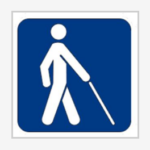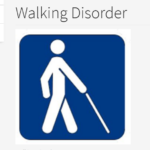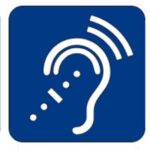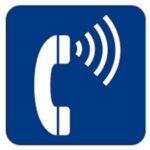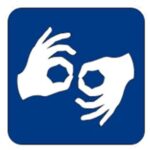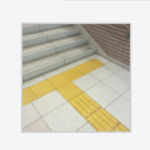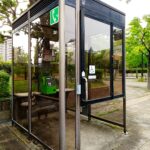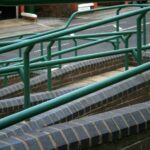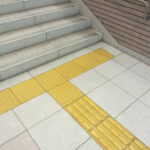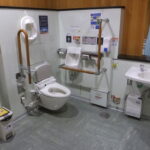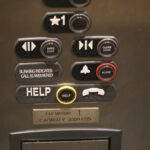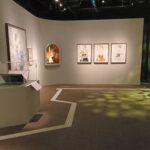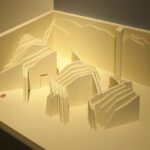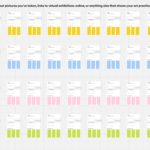Make Art More Accessible
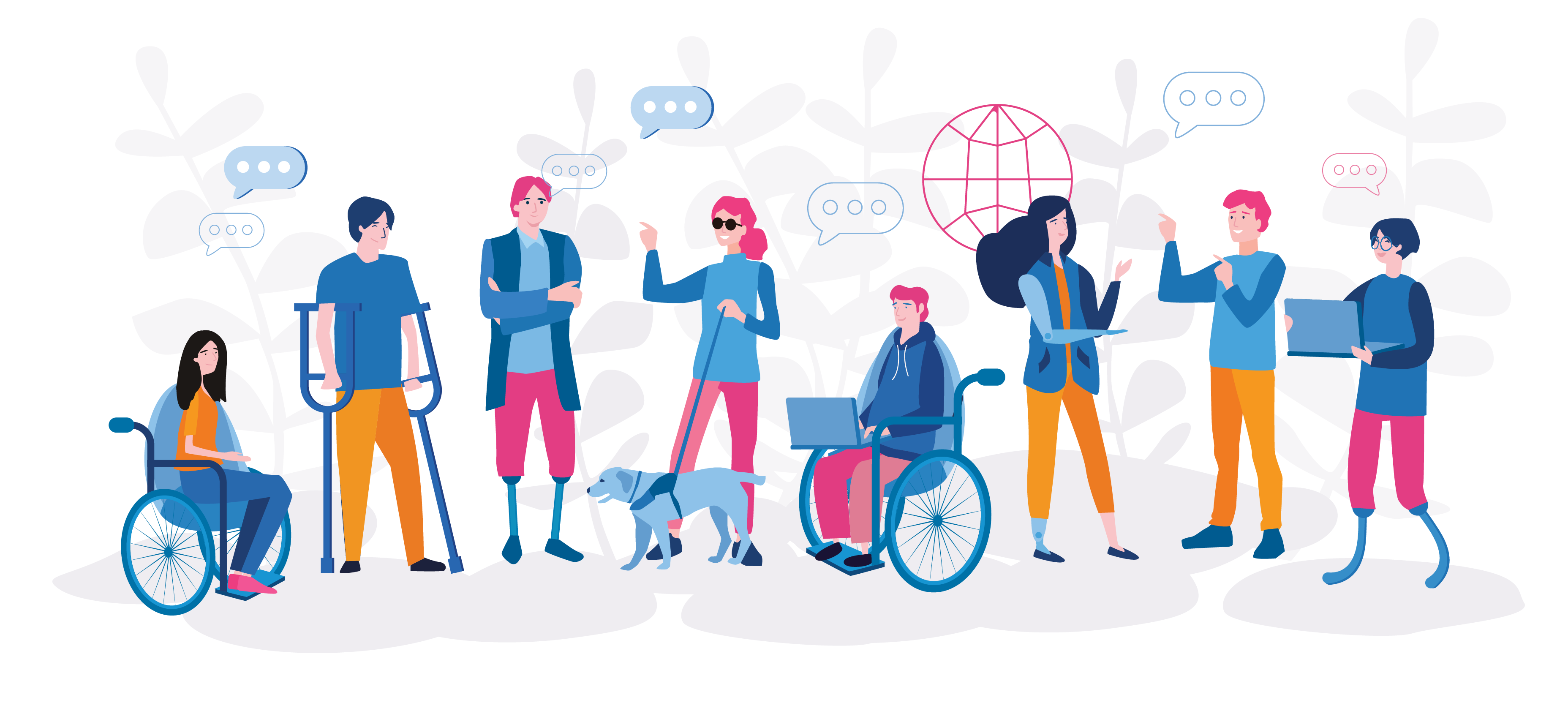
Summary
We are concerned about many social phenomena of unequal distribution of art resources, the most significant of which is the "accessibility" of art. In this Open Toolkit, learners will understand art accessibility cases, put forward their ideas and opinions from the perspective of people with disabilities (here mainly refers to the physical), and finally engage in interactive reflection.
This Open Toolkit is designed to give learners an initial awareness of the issue of accessibility in the arts and to understand and think about accessibility facilities in arts institutions.
Step 1:Recall the Accessibility Signs around You (2 min)
First of all, please recall the barrier-free facilities you have encountered in your life. Do you recognize these barrier-free signs?
Please click the picture to go to the answer page.
Example:
- Click
- The Answer Page
Please Consider the Following Identification Names:
Step 2 Understanding Barrier-free Facilities (2 min)
According to the picture, do you recognize these accessibility facilities, and which groups of people were they created for?
Think about it first and then click the picture to go to the correct answer page.
Example:
- Click
- The Answer Page
Please Consider the Role of the Following Facilities:
Step 3 Read the “Art Accessibility Guide Manual” (5 min)
In this 5 minutes, you will learn about the accessibility design of some art institutions, how they consider and put into practice for people with disabilities.
Example 1: Audio Descriptive
Example 2: Sign Language Guided Tour
Example 3: Barrier-free Art Exhibition
- Welcom Collections’ Blind Sidewalk
- Tactile Model
Step 4 Choose a Case and Give Your Opinion (5 min)
Choose a virtual exhibition that interests you and spend five minutes browsing through it.
From the perspective of the visually impaired, the hearing-impaired and the wheelchair-bound, you will think about what barrier-free facilities need to be built in the exhibition, and which facilities are the most appropriate according to the form and content of the exhibition.
Case 1: Prix Marcel Duchamp 2022 —ADIAF
https://my.matterport.com/show/?m=5cHvqsu55RX
Case 2: Federico Uribe: Metamorphosis —MMOCA
https://my.matterport.com/show/?m=g6BKrV924Da
Case 3: Sam Gilliam’s Exhibition —MMOCA
https://my.matterport.com/show/?m=zUSiHpHABof
Step 5 Comment and Reflection (6 min)
There are Two Options:
Options 1: In the Miro Board, describe the art institutions/galleries/museums you have visited/viewed online that you think are doing a Good Job in Accessibility, and you can also browse good examples given by others and post your comments.
(Please give the name of the pavilion and the city where it is located, preferably with a picture)
- Repository
- Example
Please copy the link below and paste it into your browser for access:
https://miro.com/app/board/uXjVL_QaeHw=/?share_link_id=993544623284
Options 2: Submit case comments or reflections on accessibility in 50 words or less in the comments section. Please mark your chosen case number and give your thoughts and suggestions based on the case.
We can think about it from the following aspects:
1)What barrier-free facilities should be added to the museum in the case to make it more accessible.
2)What does the pavilion do well in accessibility and what does it do poorly.
3)In addition to accessibility in the pavilion, what are some ways to make art works and art resources more accessible.
The above questions are designed to provide you with ideas. You can choose one or two of them to answer, or you can give your own opinion.
Make Art More Accessible © 2024 by Yuman Ma is licensed under CC BY-SA 4.0
(https://openverse.org/image/d4618443-58cc-46b2-abec-6c245a791504?q=sidewalk+for+the+blind "Assistance for the blind" by Jason Riedy is licensed under CC BY 2.0.)
(https://openverse.org/image/5485f6e8-78bc-4e90-82af-5cc1c4dd6a14?q=Accessible+toilet "2022-07-31 Accessible toilet at Shizuoka Service Area (NEOPASA静岡) 障害者用トイレ DSCF2744" by 松岡明芳 is licensed under CC BY-SA 4.0.)
(https://openverse.org/image/6c7fc1b8-ef22-44f4-b899-1adfd3a69d16?q=Blind+button "Why is there no standard for elevator buttons? How would a blind person see the blinking light? Why isn't the help button itself in braille? Would the braille be necessary if we had more consistent icon representations?" by bionicteaching is licensed under CC BY-SA 2.0.)
(https://openverse.org/image/3f506ca3-8f27-4dba-8c34-7ac8ba9afc04?q=wheelchair+accessible "Momochi-chūō Park the public telephone booth equipped for wheelchair access Fukuoka 20240614" by Hirho is licensed under CC BY-SA 4.0.)
(https://openverse.org/image/dc1ecc61-656a-4be6-8166-f3af24c03cc2?q=wheelchair+accessible "Wheelchair Access to Guisborough Magistrates Court - geograph.org.uk - 574952" by Mick Garratt is licensed under CC BY-SA 2.0.)
(https://commons.wikimedia.org/wiki/File:M%C3%BCnchen,_Alpines_Museum,_Tastmodell,_1.jpeg This file is made available under the Creative Commons CC0 1.0 Universal Public Domain Dedication.)


